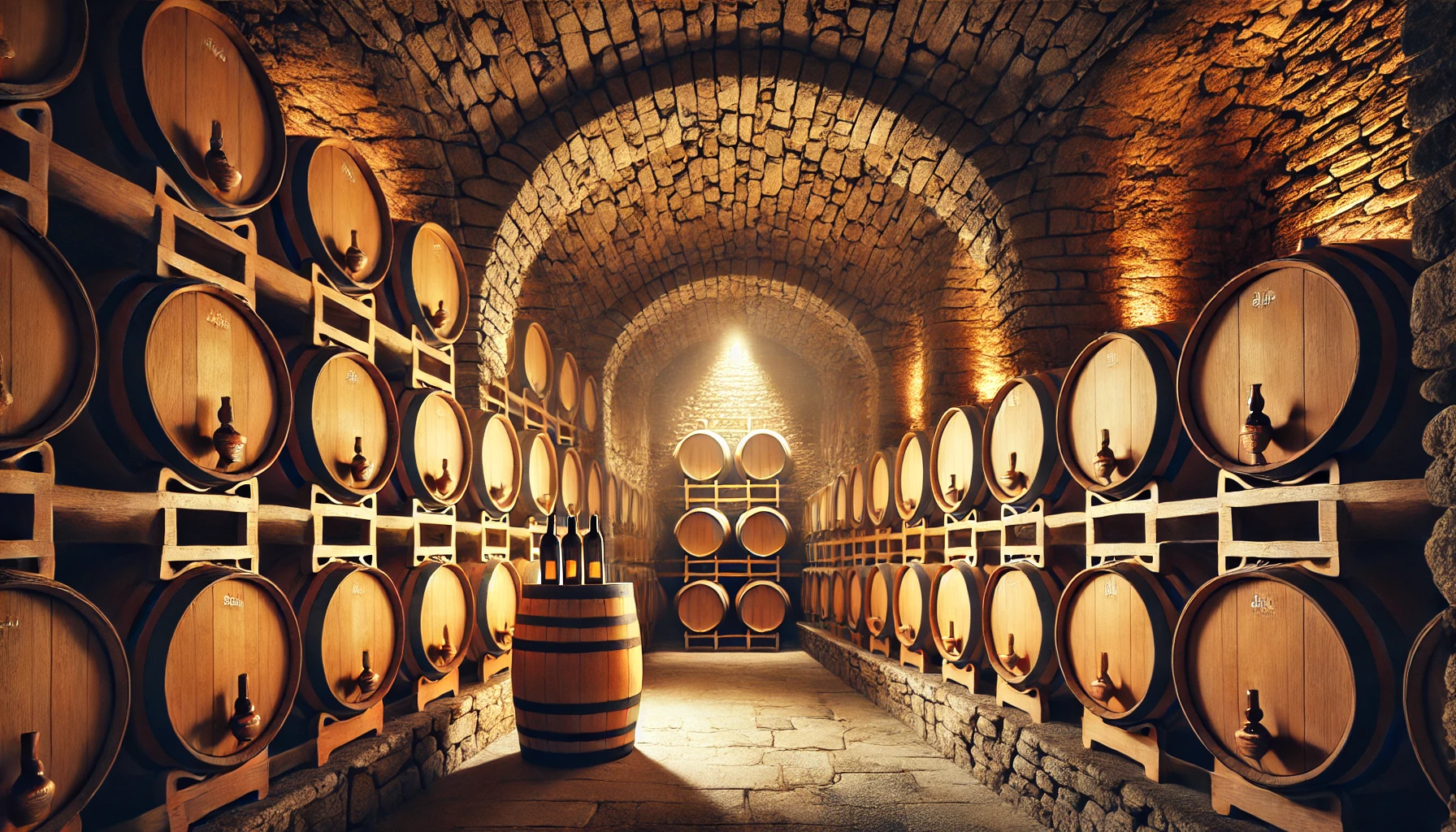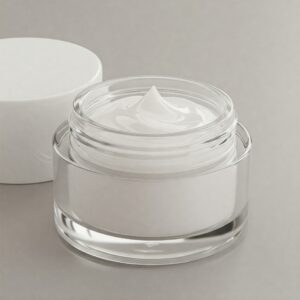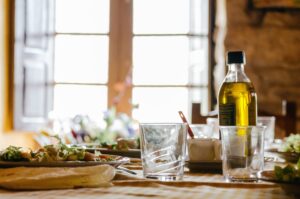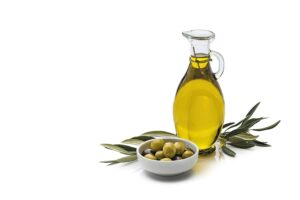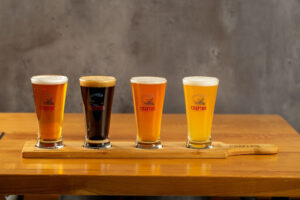Unveiling the secrets behind why wine gets better with age.
Why wine aging matters
Wine aging is an ancient art, celebrated for its ability to transform a humble beverage into a complex and captivating experience. As time passes, wine evolves, developing deeper flavors, smoother textures, and enhanced aromas. But why is aging wine such a revered process, and how does it work? This guide delves into the fascinating world of wine aging, exploring everything from the science behind it to the optimal conditions required for success.
What is wine aging? A closer cook
Wine aging refers to the process of allowing wine to mature over time, either in barrels, tanks, or bottles. During this period, chemical reactions occur, altering the wine’s composition and enhancing its sensory characteristics.
The process is often referred to as “maturation” or “elevage” (a French term encompassing the care and development of wine). Aging is not a one-size-fits-all process; its effectiveness depends on various factors, such as the wine’s varietal, tannin structure, acidity, and alcohol content.
How does wine aging work? The science behind it
At the heart of wine aging are complex chemical reactions involving tannins, acids, and volatile compounds. Here’s how the magic happens:
- Tannins soften: Found primarily in red wines, tannins provide structure and astringency. Over time, they polymerize, creating smoother textures and reducing harshness.
- Acids balance out: The sharpness of acidity mellows, allowing other flavors to shine.
- Aromas evolve: Primary aromas (like fruit) give way to secondary (fermentation) and tertiary notes, such as tobacco, leather, and dried fruit.
- Color changes: Red wines gradually fade from deep purple to brick-red, while whites may take on a golden hue.
These transformations explain why aged wines often taste richer and more balanced compared to their younger counterparts.
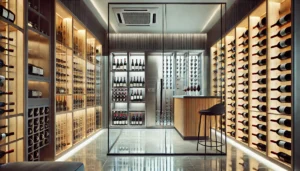
How long can wine age?
The aging potential of wine varies greatly depending on its type and quality. Here’s a general guide:
- Red wines: Typically age better than whites due to higher tannin and pigment levels. Fine reds, such as Bordeaux and Barolo, can age for decades.
- White wines: While many whites are best enjoyed young, certain varieties, like Chardonnay or Riesling, can age beautifully for 5–15 years.
- Sparkling wines: Premium sparkling wines (e.g., vintage Champagne) can develop complexity over a decade or more.
Factors such as storage conditions, bottle closure (cork vs. screw cap), and initial wine quality all play a significant role in determining how long wine can age.
Why wine gets better with age: the transformation
The phrase “age like fine wine” exists for a reason. Aging allows the wine to undergo a profound transformation that enhances its overall character:
- Flavor integration: Over time, disparate flavors meld together, creating a more harmonious profile.
- Texture improvement: Tannins soften, leading to a smoother mouthfeel.
- Aroma complexity: Tertiary notes—think truffle, leather, or dried flowers—emerge, providing a multi-dimensional sensory experience.
However, not all wines improve with age. Most wines on the market are meant to be consumed within a few years of production. For wines designed to age, the payoff is a nuanced and sophisticated drinking experience.
Wine aging temperatures and conditions
Temperature is critical in the aging process. Ideally, wine should be stored at a consistent temperature of 12–15°C (53–59°F). Fluctuations can accelerate aging or damage the wine. Here’s a closer look at optimal conditions:
- Humidity: Maintain 60–70% humidity to prevent corks from drying out, which can lead to oxidation.
- Darkness: UV light can degrade wine, so store bottles in a dark environment.
- Positioning: Store bottles horizontally to keep the cork moist.
For red wines, slightly warmer temperatures are acceptable, while white wines benefit from cooler storage. Precision is key—too much heat, and the wine might age prematurely; too little, and it could stagnate.
The role of barrels in wine aging
Oak barrels play a pivotal role in shaping the flavor and structure of wine during aging. Here’s how they contribute:
- Flavor infusion: Oak imparts flavors such as vanilla, spice, and toast.
- Tannin addition: Barrels introduce tannins that enhance the wine’s structure.
- Oxygen exposure: Controlled exposure to oxygen softens tannins and enhances complexity.
The time wine spends in barrels varies. For example:
- Red wines: Often aged in barrels for 12–24 months to develop body and complexity.
- White wines: Typically spend less time in barrels to preserve freshness and fruit character.
The type of oak (American vs. French) and the barrel’s age also influence the final product.

Does wine stop aging when bottled? The bottle-aging debate
Contrary to popular belief, wine does not stop aging once bottled—it simply ages differently. While barrel aging allows for controlled oxygen exposure, bottle aging occurs in a nearly anaerobic (oxygen-free) environment.
- Barrel aging: Enhances body and imparts oak-driven flavors.
- Bottle aging: Refines existing flavors and develops tertiary characteristics.
It’s essential to note that wines have a “peak” period, after which they begin to decline. Over-aging can result in muted flavors and loss of vibrancy, so timing is everything.
Conclusion: the timeless elegance of aged wine
The art of aging wine is both a science and a deeply personal journey. It’s a testament to patience, craftsmanship, and the transformative power of time. Whether you’re savoring a young, vibrant wine or a bottle with decades of maturity, each sip offers a story—a blend of nature, nurture, and human ingenuity.
As you explore the world of wine aging, remember that not every bottle is meant to age, and that’s perfectly fine. The key is to enjoy the process, experiment with different styles, and discover the wines that resonate with your palate. After all, wine, much like life, is meant to be savored, one moment at a time.

